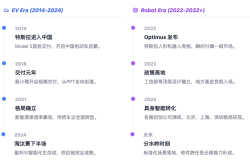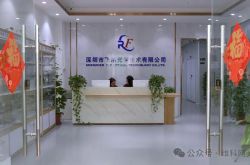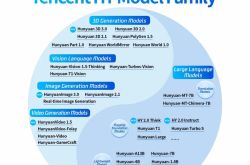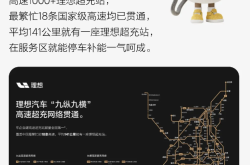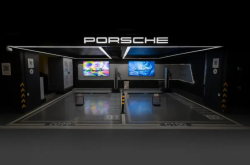"Firefly" New Car: NIO's Greatest Hope for Overseas Expansion?
![]() 07/23 2024
07/23 2024
![]() 493
493
Over two months ago, NIO's second brand, Ledao, launched pre-sales for its first product, the L60, priced at 219,900 yuan. While the L60 marks NIO's first step towards volume sales from its premium position, the second step, in the form of a new sub-brand, is imminent.
Internally codenamed "Firefly," NIO's third brand is expected to eventually adopt a more catchy name, similar to how "Alpine," the internal codename for the second brand, became "Ledao."
In 2023, NIO co-founder Qin Lihong stated that the Firefly brand was anticipated to debut in Europe in Q3 2024, followed by China. However, during a conference call in June this year, NIO CEO Li Bin corrected this information, announcing that the first Firefly model would be launched in the first half of 2025.
Fortunately, despite the delay in the official launch, spy shots of the actual car have already surfaced in Europe, giving us a glimpse into whether this car is worth the wait.
Low Price + Battery Swap: Small Size Can Also Be a Winning Strategy
From the spy shots released by foreign media outlet motores, the first Firefly model immediately strikes one as "small." Among NIO's current lineup, even the smallest models, the ET5 and ES6, are B-segment vehicles. The pre-selling L60, also a B-segment vehicle, is even larger than the Tesla Model Y.
In contrast, the first Firefly model boasts a more compact size. While the heavily obscured front end makes it difficult to discern the design language, the two headlights stand out as particularly cute, aligning with the model's target audience of young consumers.
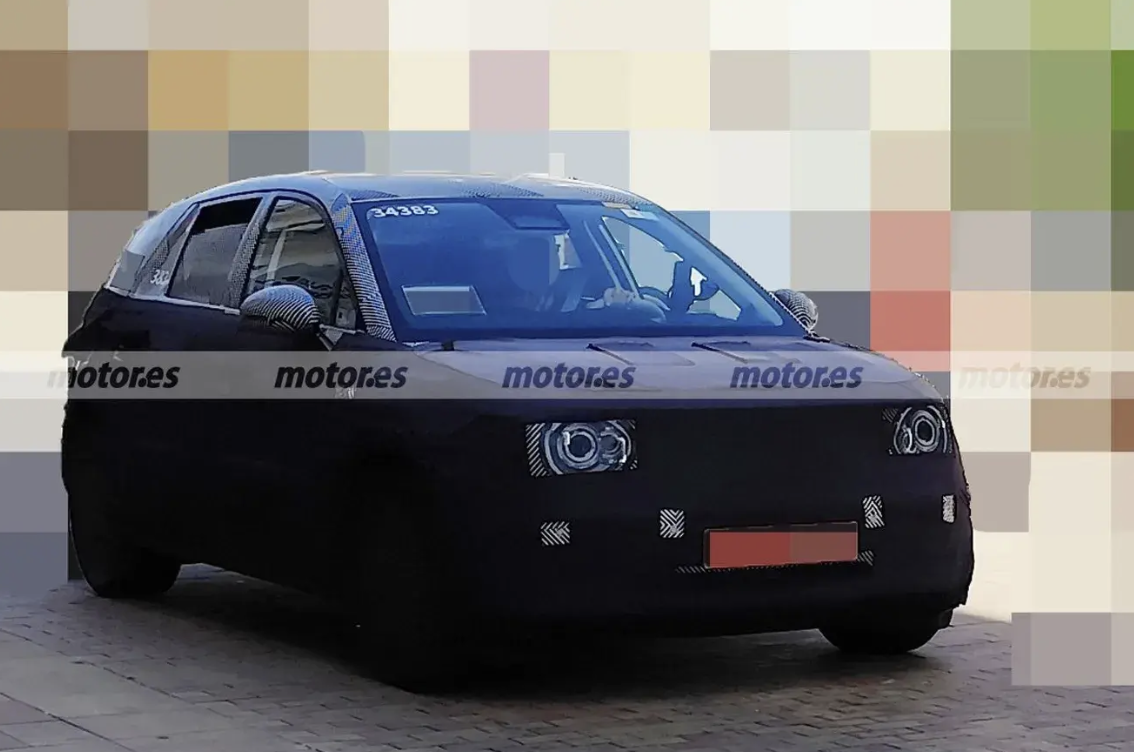
From the side, despite the obscured details, the overall styling appears rounded. The hatchback design, uncommon at this price point, adds a touch of premium elegance to the Firefly.
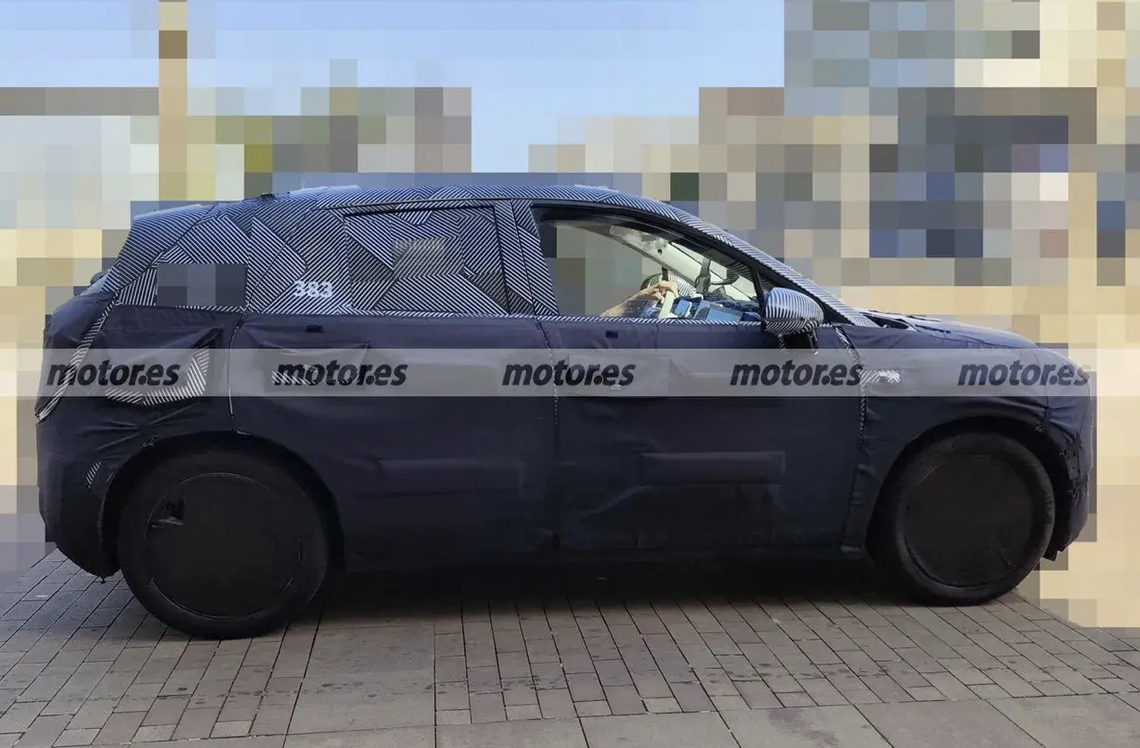
motores confirms that the first Firefly model will be equipped with 18-inch wheels, but given other vehicles in the same class, it's likely that 19/20-inch wheels will also be available as options.
While limited information about the Firefly has been revealed, based solely on its appearance, the car is positioned as a compact SUV, similar to the BMW MINI COOPER and ZEEKR X. Considering its target audience and the features of other vehicles in its class, we can infer some of the Firefly's specifications.
For example, in terms of power, referencing the ZEEKR X's dual-motor all-wheel-drive version's 0-100km/h acceleration time of 3.7 seconds, the Firefly's high-end dual-motor version's acceleration time is likely to be around 4 seconds, while the single-motor, low-end version will be slower. Additionally, considering that Xpeng's MONA M03 supports advanced autonomous driving, the Firefly is highly likely to incorporate such support as well, probably in the form of a pure vision-based solution to balance costs.
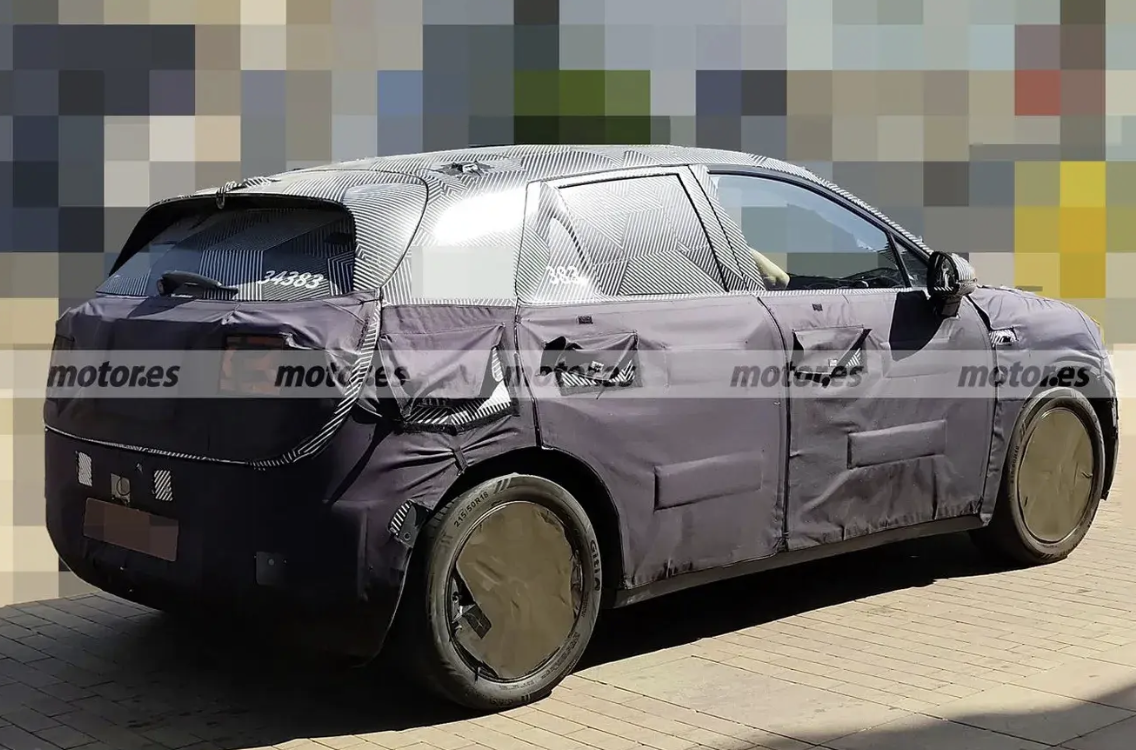
Compared to vehicles like the ZEEKR X, Xpeng MONA M03, and BMW MINI COOPER, the Firefly holds a significant advantage: battery swap.
Li Bin has stated that all NIO vehicles support battery swap, but due to the Firefly's small battery pack, it cannot share NIO's swap stations. Although positioned lower, the Firefly is still part of NIO, and NIO's long-established brand value and influence will undoubtedly aid the Firefly in competing with other brands. If battery swap can be incorporated, the Firefly's first model will undoubtedly become more competitive.
The remaining question is pricing. While Qin Lihong previously revealed that the Firefly would target the small and micro-car markets, with a price range of 100,000-200,000 yuan, can it really be that affordable? Generally speaking, compact SUVs are not overly expensive, with models like BYD's Yuan PLUS, Nezha U/X, and Aion Y starting at just over 100,000 yuan.
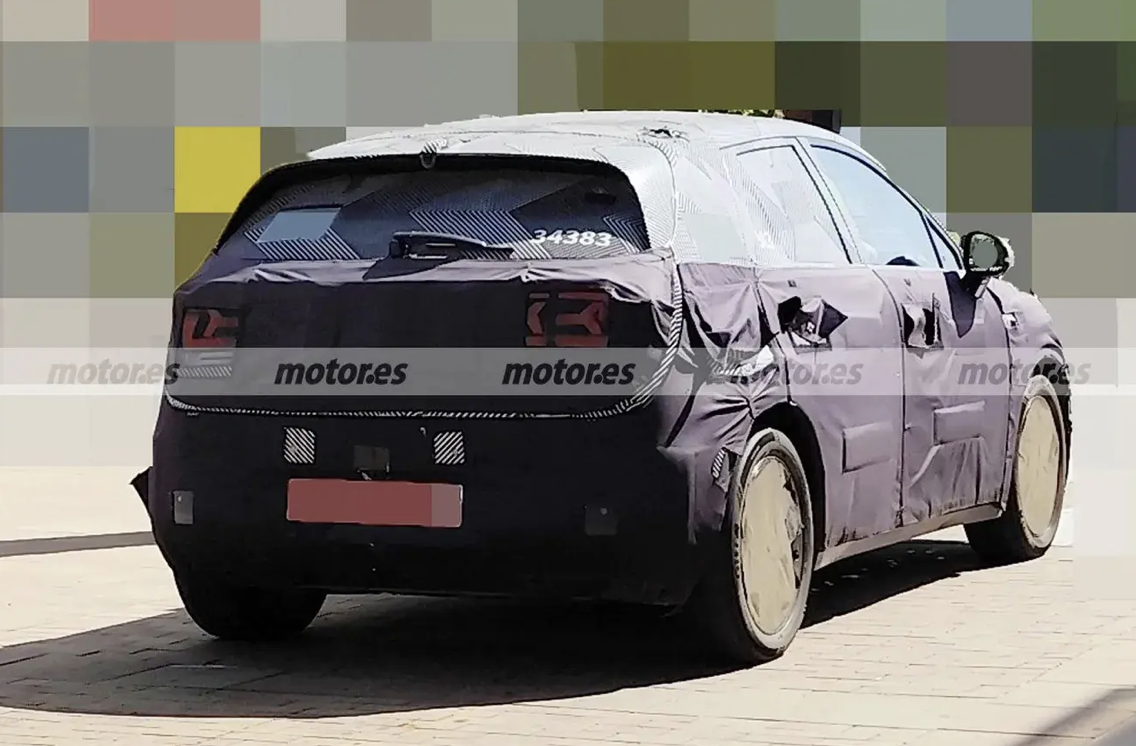
There are also expensive compact SUVs, especially those targeting the mid-to-high-end market, such as the BMW MINI COOPER, ZEEKR X, ID.4X, and smart #3, which start at around 200,000 yuan, with high-end versions approaching 300,000 yuan. Although the Firefly's positioning may not be as high as that of Ledao, Xiao Tong believes that NIO will not devalue itself, especially given the Firefly's strong product capabilities, which are sufficient to compete with compact SUVs from BMW, ZEEKR, Volkswagen, and Mercedes-Benz.
Therefore, Xiao Tong predicts that the starting price of the Firefly's first model will be around 170,000 yuan, with the high-end version potentially reaching around 250,000 yuan.
As a compact SUV, a starting price of 170,000 yuan already seems high, given the many alternative new energy B-segment vehicles available at a similar price point, such as BYD's Song PLUS EV and Yinhe E8. How can the slightly overpriced Firefly compete with other automakers with its first model?
Relying on Three Key Advantages, Can the Firefly Succeed in the Lower-Tier Market?
As the new energy vehicle industry has developed, a clear stratification has emerged among new carmakers. Hongmeng Zhixing and Lixiang, with monthly sales exceeding 40,000 units, are in the first tier, while NIO, with sales of over 20,000 units, belongs to the second tier. There are also third-tier players with monthly sales of around 10,000 units.
"High-end products build reputation, low-end products drive sales" is a universal truth in any industry. To achieve sales breakthroughs, Xpeng, another new energy automaker, has launched its sub-brand MONA, with the first model set to debut in August and an expected price range of 100,000-200,000 yuan.
Similarly, NIO is also attempting to gain sales breakthroughs by targeting the lower-tier market. Pre-sales for Ledao's first model, the L60, have already begun at a price of 219,900 yuan, attracting a significant number of consumers. Li Bin revealed that even without a single store open, the number of Ledao orders has exceeded expectations.
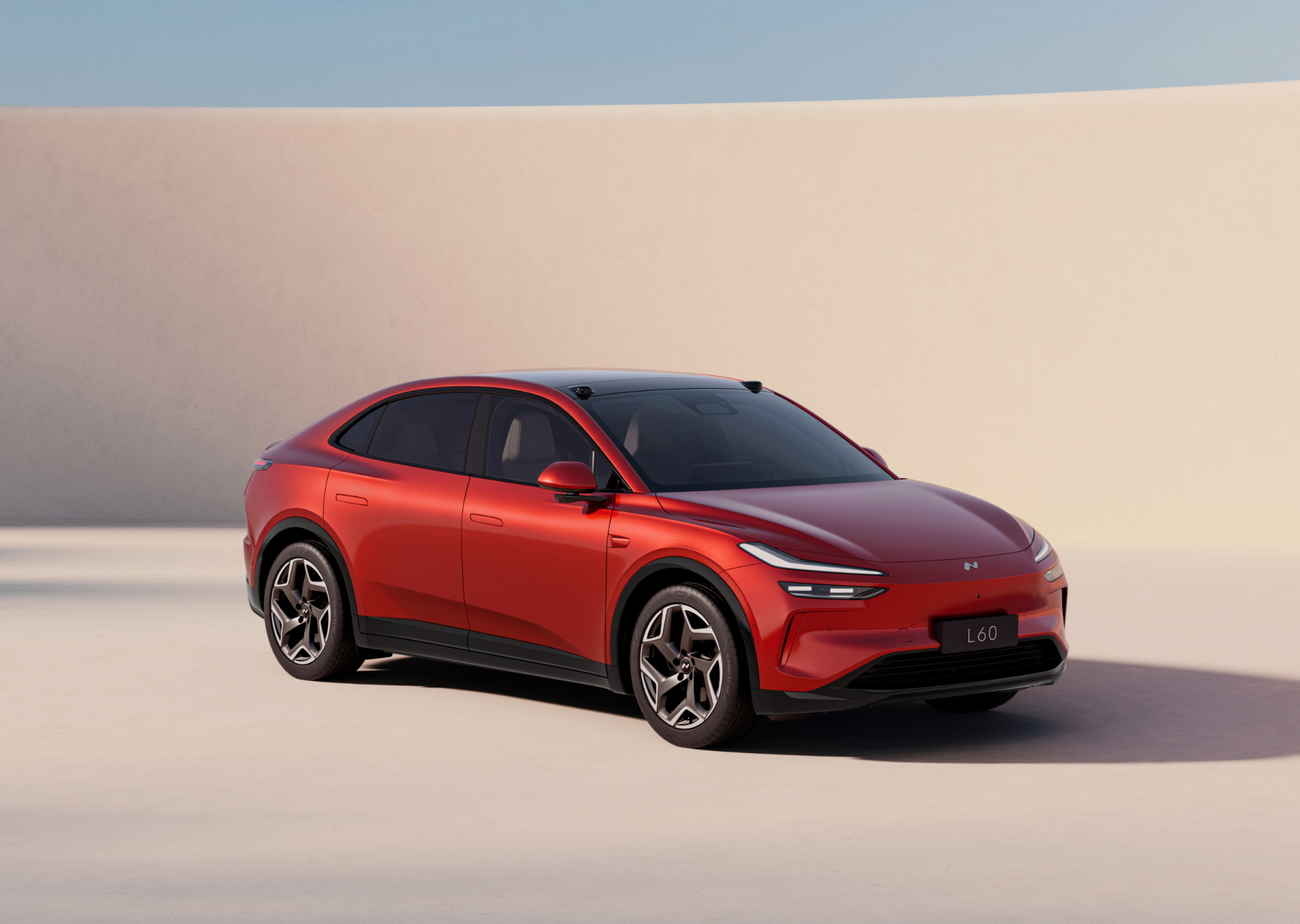
If the Ledao L60 can exceed expectations, can the even more affordable Firefly achieve even better results?
Xiao Tong believes that the Firefly has three main advantages: brand, technical strength, and battery swap. Despite NIO's starting price point of around 300,000 yuan, it has achieved monthly sales of over 20,000 units, demonstrating that NIO's brand has gained market recognition in the new energy vehicle sector, and this brand value can bolster the Firefly.
In terms of technology, at the Beijing Auto Show in April this year, NIO showcased over a dozen self-developed technologies, including vehicle engineering, chips and in-vehicle smart hardware, battery systems, electric drive and high-voltage systems, smart manufacturing, and vehicle-wide operating systems. It has also achieved self-developed smart driving chips. With these technologies, NIO can not only deeply empower the Firefly brand but also reduce production costs to a certain extent.
Finally, there's NIO's core competitiveness: the battery swap model. It's important to note that while 800V platforms and superfast charging are becoming more prevalent, vehicles priced below 200,000 yuan are still unlikely to be equipped with them. Furthermore, due to cost constraints, it's difficult for vehicles in this price range to have large batteries, making battery swap, with its faster refueling speed, almost the only solution to range anxiety.
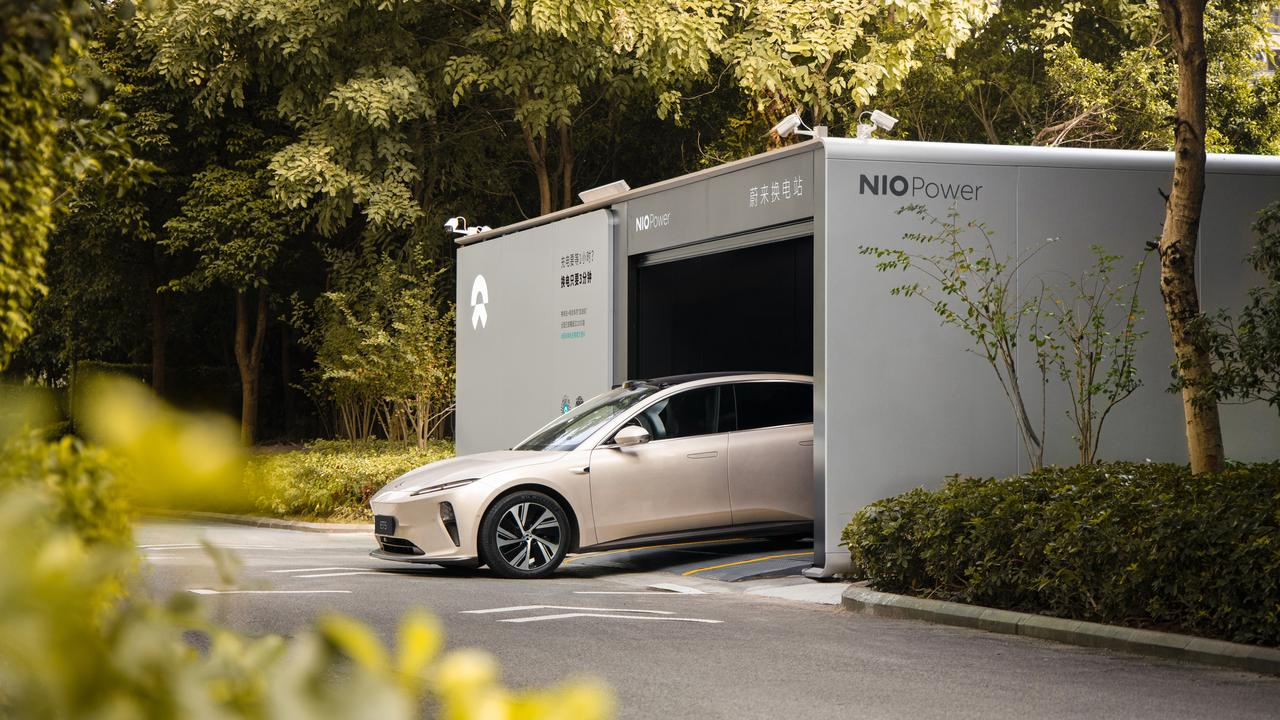
However, due to the Firefly's lower positioning and price, its battery pack capacity will also be smaller than that of NIO and Ledao. According to Li Bin, it will not share NIO's swap stations. This means that Firefly owners may not be able to experience the same swap ecosystem as NIO and Ledao owners in the short term.
In the past, new energy automakers like NIO, Xpeng, Lixiang, and Hongmeng Zhixing fiercely competed in the high-end market. Now, led by Xpeng and NIO, the battle has extended to the mid-tier market below 200,000 yuan – a storm is coming.
However, for NIO, the domestic market competition is too fierce, with cheaper compact pure electric SUVs and larger B-segment pure electric SUVs available at similar prices. It will still be difficult for the Firefly brand to achieve high sales. In fact, from Qin Lihong's revelation that the Firefly brand was initially planned to debut in Europe, it's clear that while the domestic market is important for the Firefly, its main battleground is Europe.
As the Battle Spreads, Europe Is the Firefly's Main Battleground
With the support of NIO's brand, technology, and battery swap ecosystem, the Firefly appears to have impressive product capabilities but faces a crucial issue – it's too small.
The Firefly's first product is similarly positioned to the ZEEKR X, emphasizing intelligent features and refined exterior, interior, and powertrain, targeting young consumers. These configurations consume a significant amount of cost, necessitating some sacrifices in size. However, domestic consumers place great importance on space.
Whether it's the BMW MINI, ZEEKR X, or Mercedes-Benz smart, sales have not been impressive. For example, the ZEEKR X delivered only 821 units in June this year, while the better-selling smart brand delivered 3,131 units. Compact pure electric SUVs with small spaces and an emphasis on driving pleasure have never been popular in China, and even if the Firefly's first model is truly outstanding, it may struggle to achieve high sales.
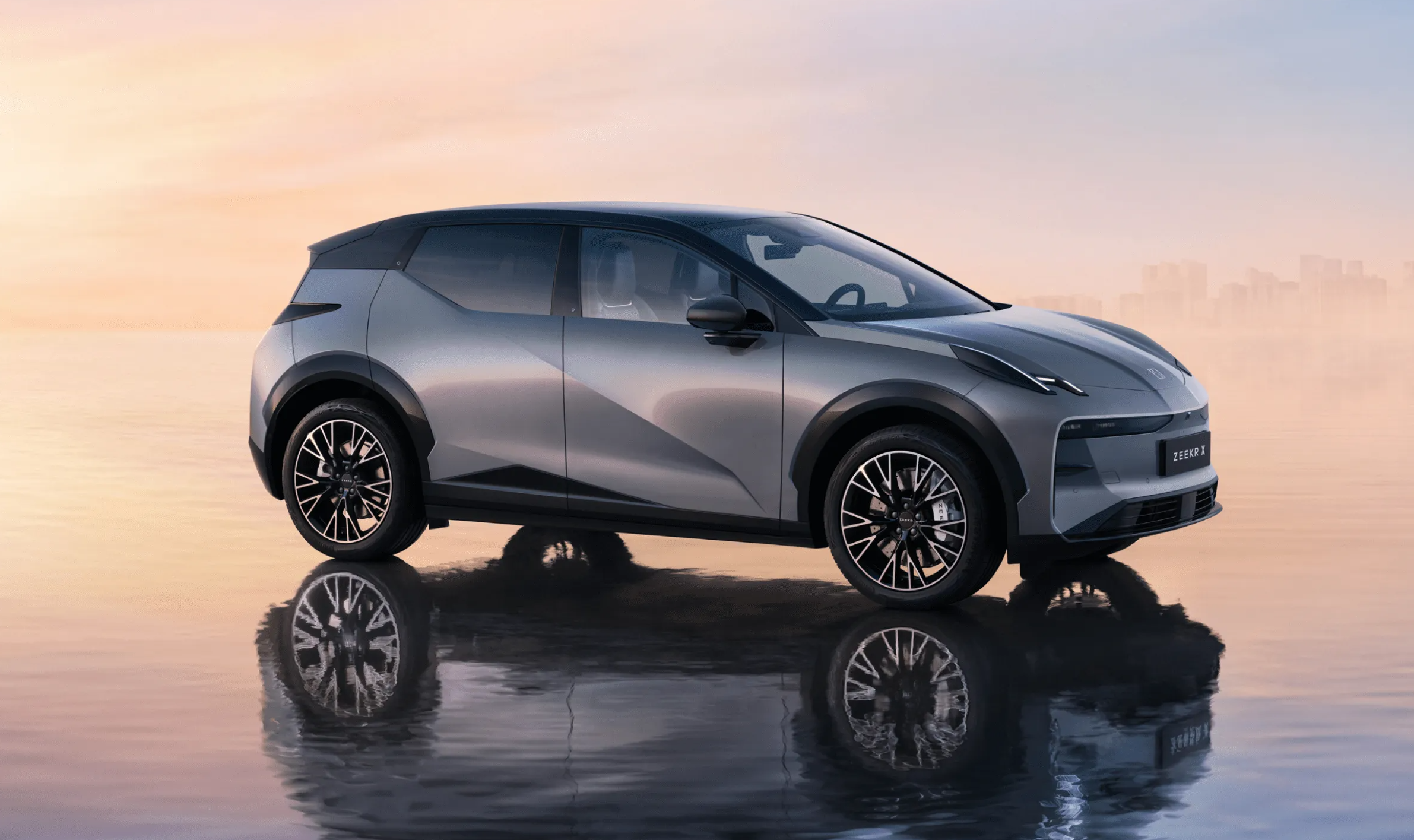
However, the European market presents a different picture. Developed regions like Europe and Japan share a common problem: many cars, narrow roads, and limited parking spaces. Due to the early construction of roads and the high cost of land, these countries struggle to accommodate today's traffic volume, and local consumers often have to make do.
As a result, consumers in these countries prefer compact and micro cars due to their enhanced maneuverability and ease of parking. Japan has even introduced K-Cars (light automobiles) to accommodate narrow roads and difficult parking conditions.
Since entering Europe, NIO has sold products in five countries: Norway, Germany, the Netherlands, Sweden, and Denmark. As of June 20th this year, it has established 43 swap stations and 46 charging stations in these countries, with access to over 30,000 charging piles. With the launch of Firefly models that better suit local consumers, NIO may be able to gain a larger share of the European market.
Overall, to predict whether the Firefly has a "successful future," it's essential to consider its market focus. If the Firefly is primarily focused on the European market, with China serving as a secondary market, it stands a better chance of achieving sales success.
Of course, this "success" must also be based on NIO's internal sales expectations. In Xiao Tong's opinion, NIO's overseas product layout is still relatively blank, with the current strategy mainly involving transferring domestic products overseas without customization for local markets, which naturally makes it difficult to achieve good results.
Therefore, the Firefly can be seen as NIO's first true attempt to make an impact on overseas markets, with a stronger purpose. If the Firefly can meet NIO's sales targets and complete its strategic tasks in the European market, its performance in the domestic market, whether high or low, will merely be icing on the cake.
However, if NIO intends to focus on the domestic market for the Firefly's sales, as previously mentioned, its prospects may not be much better than those of the ZEEKR X. In the long run, NIO will undoubtedly introduce more sub-brands and product lines to enrich its product portfolio and cover a wider range of consumers. For the domestic market, the most crucial factor is the performance of the Ledao L60. If it can stand out as a phenomenal hit, Xiao Tong believes that NIO has found the "key to wealth" and can achieve its goal of "scaling up" by replicating the success of the Ledao L60.
Under such circumstances, the "Firefly" indeed does not need to shoulder too much sales pressure. With other models "earning the money," some car lines can simply focus on being "beautiful enough."
Source: Lei Technology

